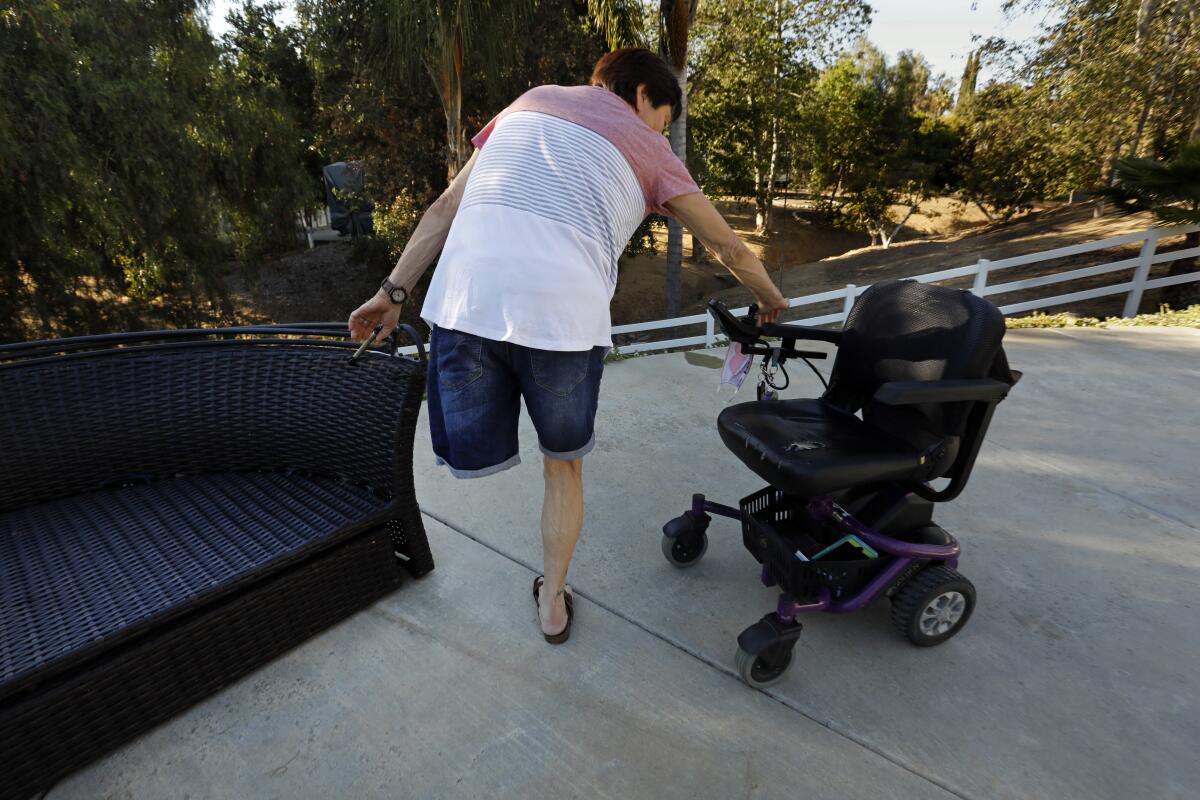Finding information about your doctor isn’t always easy. Here are some ways to dig deeper

The Medical Board of California’s mission is to protect patients through the licensing and regulation of doctors and the “vigorous, objective enforcement” of state laws governing their practices.
But the board’s 15 members, eight of whom are doctors, also seek to rehabilitate troubled physicians whenever possible, and therein lies the potential for conflict: Patient advocates, healthcare experts and current and former members of the board contend it too often protects doctors at the expense of patient safety.
In March, Public Citizen, a Washington nonprofit that advocates for safe and affordable healthcare, ranked California’s medical board 33rd in the nation in imposing serious disciplinary action such as license revocation, suspension and forced surrender.
The Times’ analysis of medical board records showed it received nearly 90,000 complaints against doctors in the last decade from patients and others. Of those, 3,100 led to disciplinary action, with three-quarters ending in probation or letters of reprimand. Only 439 — less than half of 1% of the original complaints — resulted in licenses being revoked.
The numbers don’t tell the full story, and assessing your doctor’s track record requires more than a casual glance at online reviews, which at best provide an incomplete picture. Here are some ways to dig deeper.
How do I check out my doctor?
The Medical Board of California’s license lookup includes information on the status of the physician’s license and whether there has been any administrative or disciplinary action by the board or other state or federal agencies. It also lists the doctor’s education, location of practice and specialty areas.
Serious malpractice leading to the loss of limbs, paralysis and the deaths of patients wasn’t enough for the California Medical Board to stop these bad doctors from continuing to practice medicine.
Some of the most important information is near the bottom of the physician’s profile page, where there are links to any public records related to the board’s disciplinary actions. Documents may include formal accusations, which detail allegations of gross negligence and other violations; letters of reprimand; and disciplinary orders spelling out stipulated agreements, suspensions, revocations and probations.
Does the website detail my doctor’s malpractice lawsuits and settlements?
The medical board is required to disclose certain information about the existence of malpractice settlements of $30,000 or more, but not details of the actual lawsuits. Finding that information requires a trip to the civil clerk’s office at the Superior Court in the county in which the action was filed, or performing an online search for court records.
Neither experience is guaranteed to produce full results. Some courts have destroyed physical records after specific periods of time, and the online searches vary widely by court system.
Some, such as Fresno County Superior Court, are user-friendly and offer free online access to records. Many others are difficult to navigate or — as is the case with Los Angeles County Superior Court — charge fees to search and download records.
If I’m unhappy with my doctor’s care, how do I file a complaint with the medical board?
Complaints can be filed online or by calling 1-800-633-2322 and requesting a form to be mailed to you. If you do not wish to provide your name, address or phone number, you may remain anonymous. But the medical board notes that it might not be able to contact you or help you resolve your complaint.
How will my complaint be investigated and resolved?
Medical board investigators look into the allegations and, if substantiated, forward their findings to the state attorney general’s office to determine which, if any, sections of the Medical Practice Act have been violated. The attorney general’s office may prepare a formal accusation against the physician. The doctor then can request a hearing before an administrative law judge or deal directly with the board, usually with the assistance of a lawyer.
Ultimately the medical board decides whether the physician is culpable and what penalty, if any, should be imposed. A doctor who disagrees with the outcome can file a civil lawsuit to challenge it.
Whatever the resolution, justice is rarely swift. The average time between the filing of a complaint and its dismissal or the imposition of discipline is more than three years, according to board records.
More to Read
Start your day right
Sign up for Essential California for news, features and recommendations from the L.A. Times and beyond in your inbox six days a week.
You may occasionally receive promotional content from the Los Angeles Times.








